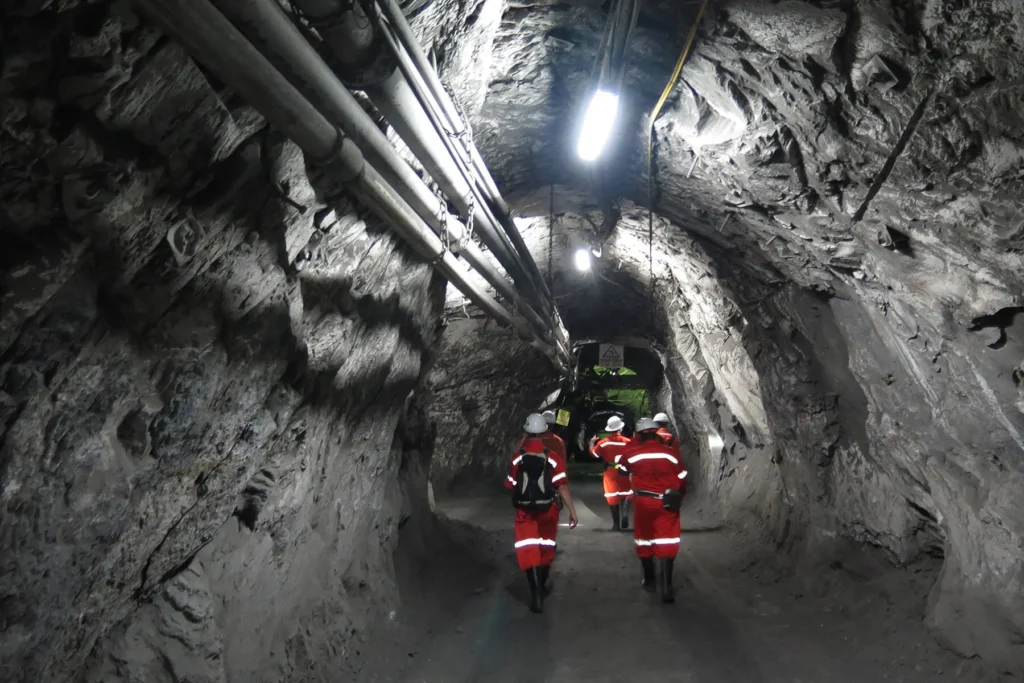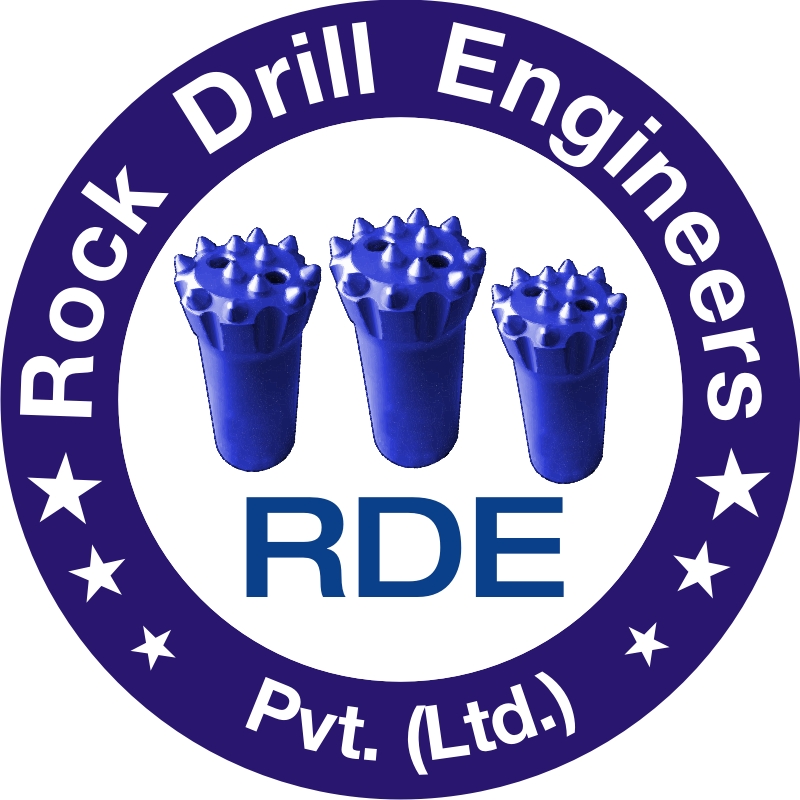
Underground mining is a method used to extract valuable minerals and ores from beneath the Earth’s surface. It is typically employed when the ore body is too deep to be accessed via open-pit mining. Here’s an overview of the key aspects of underground mining:
1. Types of Underground Mining Methods
Room and Pillar Mining:
- Description: Involves mining ore in a grid-like pattern, creating rooms while leaving pillars of ore to support the roof. This method is commonly used for coal mining and is designed to maximize ore recovery while ensuring stability.
- Advantages: Allows for good ore recovery and provides stability to the mine.
- Disadvantages: Pillars can become unstable over time, and ore recovery is limited by the size of the pillars.
Cut and Fill Mining:
- Description: Involves mining ore in horizontal slices, with the mined-out area being filled with waste material or backfill to support the overlying rock. This method is often used for narrow ore bodies.
- Advantages: Can be used in various ore body shapes and sizes and allows for good ore recovery.
- Disadvantages: Requires backfilling, which can add to the cost and complexity.
Sublevel Stoping:
- Description: Involves mining ore in vertical slices or stopes, with ore being removed from sublevels. This method is suitable for steeply dipping ore bodies.
- Advantages: Allows for high ore recovery rates and is adaptable to different ore body shapes.
- Disadvantages: Can lead to ground stability issues if not properly managed.
Block Caving:
- Description: Involves undercutting a large ore body, causing it to collapse under its own weight. The fragmented ore is then collected and transported to the surface.
- Advantages: Suitable for large, low-grade ore bodies and allows for high ore recovery.
- Disadvantages: Can cause significant ground subsidence and requires careful management of the caving process.
Shrinkage Stoping:
- Description: Involves mining ore in a vertical slice, allowing the mined-out area to partially collapse and compact, which then allows the remaining ore to be collected.
- Advantages: Helps manage ore dilution and allows for high ore recovery.
- Disadvantages: Can be challenging to manage and requires effective ground support.
Key Components of Underground Mining
-
Access and Ventilation:
- Shafts and Ramps: Vertical or inclined passages used to access the ore body and transport materials and personnel.
- Ventilation: Critical for providing fresh air, controlling temperatures, and removing harmful gases and dust from the underground environment.
-
Drilling and Blasting:
- Drilling: Involves creating holes in the rock to insert explosives for breaking up ore and rock.
- Blasting: The process of using explosives to fragment the ore and rock for easier extraction and transport.
-
Ore Handling and Transport:
- Haulage Systems: Includes conveyors, trains, and trucks used to transport ore and waste rock within the mine.
- Crushing and Grinding: Processes used to break down ore into smaller pieces for processing and extraction.
